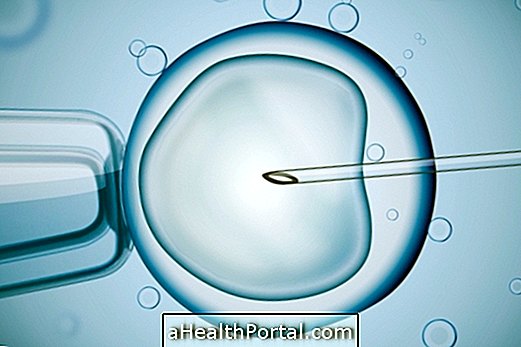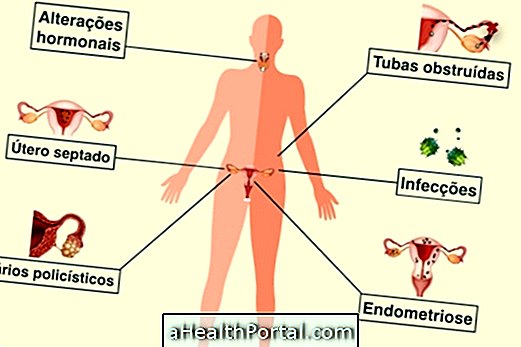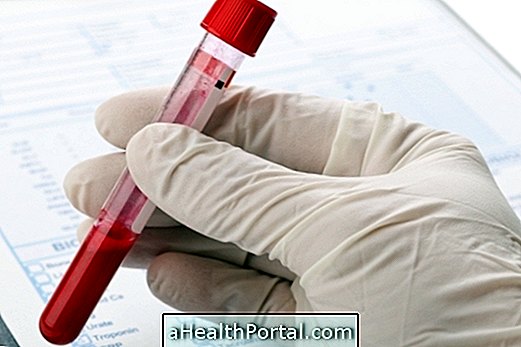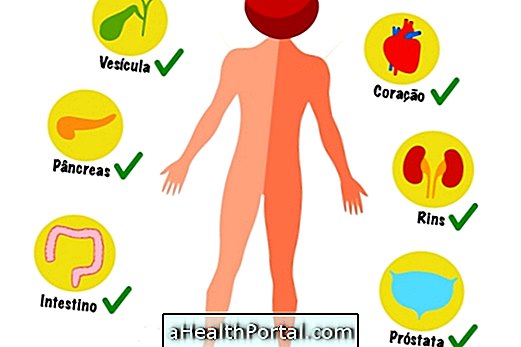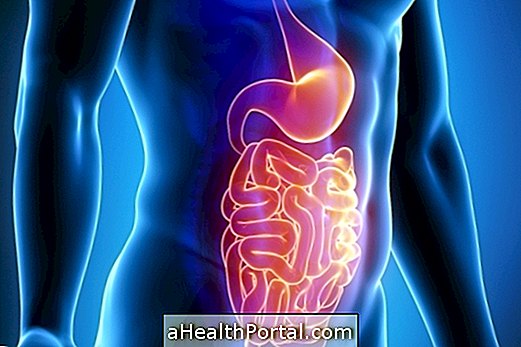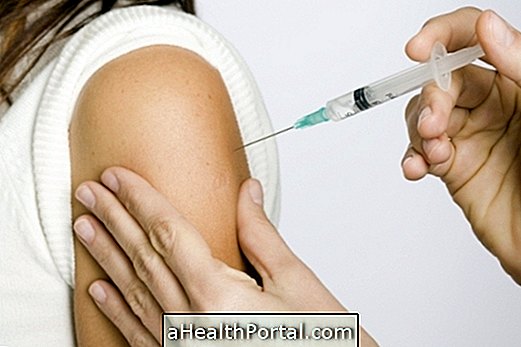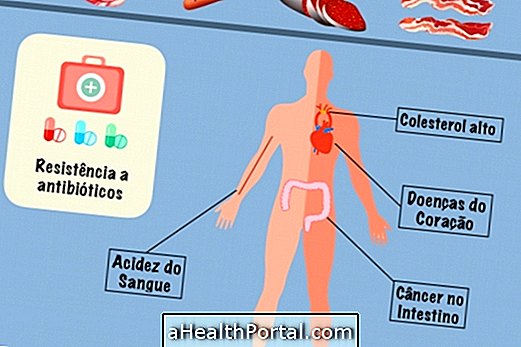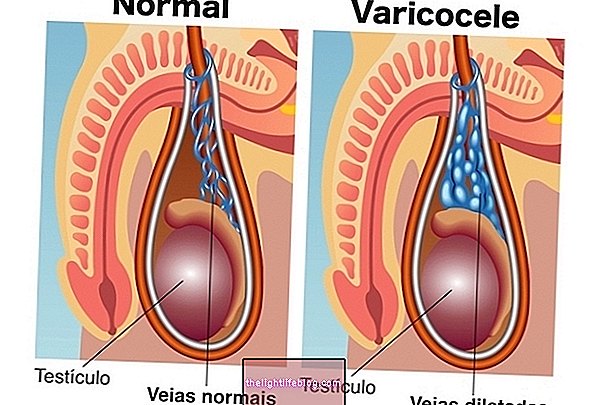Treatment for conceiving can be done by inducing ovulation, artificial insemination or in vitro fertilization, for example, according to the cause of infertility, its severity, the age of the individual and the goals of the couple.
Thus, in cases of infertility, the gynecologist should be consulted to indicate the best specialist who will guide the appropriate treatment.
Pregnancy treatment of twins should be guided by the assisted reproductive specialist, according to the cause and severity of infertility and the risks of pregnancy to the mother, such as hypertension or gestational diabetes, for example.
Treatments for major types of infertility
Treatments for getting pregnant depend on what is causing infertility. The possibilities are:
1. Polycystic ovaries
Pregnancy treatment for polycystic ovaries involves the induction of ovulation through the injection of hormones or the ingestion of drugs to stimulate ovulation, such as Clomiphene, which is known commercially as Clomid and, if necessary, in vitro fertilization, in which the embryos, which are fertilized in the laboratory, are implanted in the womb of the woman.
Polycystic ovarian syndrome is characterized by the presence of cysts in the ovaries due to the high concentration of testosterone in the blood, making it difficult to get pregnant.
2. Endometriosis
The treatment to get pregnant in case of endometriosis can be done with surgery or, in more severe cases, with in vitro fertilization.
Endometriosis consists of the growth of endometrial tissue outside the uterus, such as the ovaries or fallopian tubes, for example, making it difficult to conceive or cause infertility. Thus, in most cases, surgery to remove endometrial tissue allows pregnancy, but when this is not possible, the couple may resort to in vitro fertilization.
3. Fine endometrium
The ideal thickness of the endometrium to allow implantation of the embryo in the uterus should be at least 8 mm, but the larger the better. Therefore, when the endometrium is less than 8 mm during the fertile period, the doctor may indicate the use of drugs that increase the thickness of the endometrium such as Viagra or Trental, for example. Find other options in: How to treat the thin endometrium to conceive.
4. Problems in ovulation
The treatment to get pregnant in case of problems in ovulation that prevent the release of the egg and in this way, hinder the process of becoming pregnant, can be done with the induction of ovulation and fertilization in vitro.
A woman should first induce ovulation through the injection of hormones or the ingestion of drugs that stimulate ovulation, such as Clomid, and if not to become pregnant, to resort to in vitro fertilization.
5. No egg production or poor quality egg production
The treatment to get pregnant when the woman does not produce eggs or produces them in poor quality consists of in vitro fertilization, but with the implantation of the eggs of a donor. In this case, the spermatozoa of the woman's partner are collected and fertilization is done with the donated eggs, and then the embryo is implanted in the woman's uterus.
6. Tubal obstruction
Pregnancy treatment in case of tubal obstruction, which can be caused by pelvic inflammatory disease, some sexually transmitted diseases such as chlamydia or anterior tubal ligation, for example, can be done with laparoscopic surgery and, if surgery does not work, in vitro fertilization.
When the tubes become blocked or damaged, the egg is prevented from reaching the uterus and, consequently, the sperm reach the egg, making pregnancy difficult. Therefore, in most cases, this problem is solved only with surgery to unblock the tubes.
7. Problems in spermatozoa
The treatment to get pregnant in case of problems in the spermatozoa, such as when the individual does not produce or produces spermatozoa in small quantity, these have an abnormal shape or little mobility, for example, can be done with medicines to increase sperm production, artificial insemination or in vitro fertilization with intracytoplasmic sperm injection.
Artificial insemination consists of collecting semen and preparing the spermatozoa in the laboratory and then injecting them into the woman's uterus during ovulation. In case the individual does not produce sperm, the sperm will have to be from a donor.
In vitro fertilization with intracytoplasmic sperm injection may also be an option in cases of low sperm production because it consists of injecting only one sperm directly into the egg in the laboratory.
8. Semen allergy
The treatment to get pregnant in case of semen allergy is to take injections of a vaccine made with the spermatozoa of the partner, so that the woman stops being allergic to the semen. When this treatment does not work, the couple may resort to artificial insemination or in vitro fertilization.
Although semen allergy is not considered a cause of infertility, it causes difficulty in getting pregnant because the body produces white blood cells that prevent the sperm from reaching the egg.
Where to get treatment for pregnancy
These treatments for pregnancy can be done in private clinics or free of charge by SUS, such as the Pérola Bryington Hospital in São Paulo, the Hospital of the Federal University of São Paulo, the Hospital das Clínicas of the Medical School of the University of São Paulo, the Hospital das Clínicas do Ribeirão Preto, the Asa Sul Regional Hospital in Brasília or the Professor Fernando Figueira Integral Medicine Institute in Brasília.
See other pregnancy treatments at:
- Stimulate ovulation
- Freezing ovules is an option to get pregnant when you wish
